Snooker for Beginners is more than just a cue sport—it’s a game of patience, precision, and mental agility. But if you’re new to it, you might be wondering where to start. From understanding the rules to choosing your first cue, this blog is your go-to guide for Snooker for Beginners.
Whether you want to play competitively or just enjoy a casual game with friends, this guide will walk you through the fundamentals. So grab a cup of tea, and let’s chalk it up Snooker for Beginners
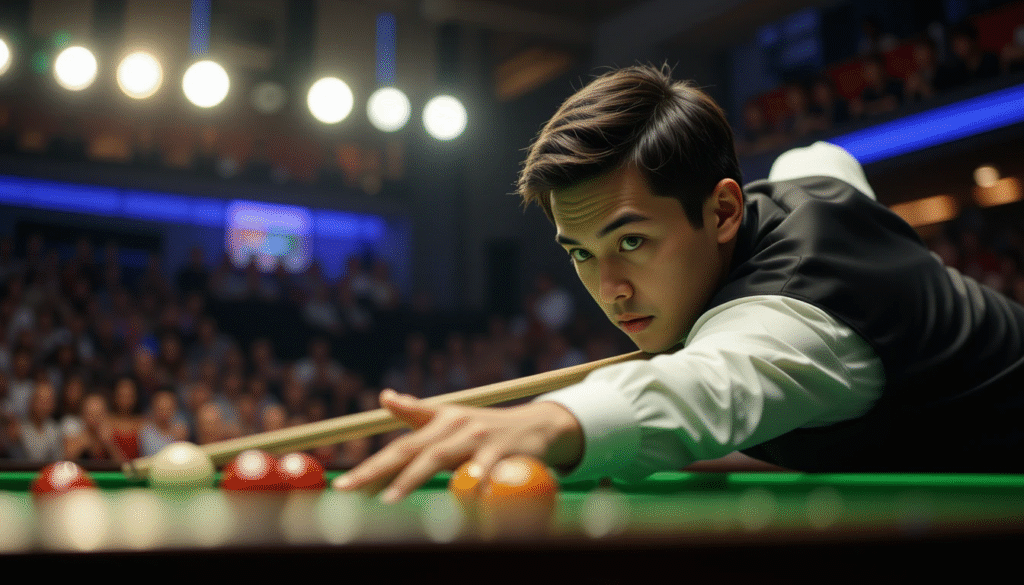
What is Snooker?
At its core, snooker is a cue sport played on a large table with 21 colored balls and one white cue ball. Players take turns potting balls in a specific order to score points. But what sets snooker apart from pool or billiards is its strategy, strict rules, and slower pace—think of it as the chess of the cue world.
If you’ve ever watched the World Snooker Championship, you’ve probably seen the pros in action—cool, calm, and calculating every shot. That might feel intimidating, but don’t worry. With the right guidance, Snooker for Beginners can be fun, relaxing, and deeply rewarding.
Basic Rules of Snooker
Before you grab a cue, let’s break down the rules in plain English:
🎈 Objective
Your goal is to score more points than your opponent by potting balls in a specific sequence.
🔴 Ball Colors and Points
- Red (15 balls): 1 point each
- Yellow: 2 points
- Green: 3 points
- Brown: 4 points
- Blue: 5 points
- Pink: 6 points
- Black: 7 points
🎱 How a Frame Works
- Players alternate turns and aim to pot a red ball first.
- After potting a red, Snooker for Beginners you must pot a colored ball (then it is re-spotted).
- This red-color sequence continues until all reds are gone.
- Then, the remaining colored balls are potted in ascending order of value without being re-spotted.
❌ Fouls
Common fouls include:
- Potting the wrong ball
- Failing to hit any ball
- Cue ball going into a pocket
Fouls result in penalty points for your opponent (minimum 4, up to 7 depending on the ball involved).
For a full breakdown of the rules, check the official World Professional Billiards and Snooker Association (WPBSA) rules.
that feels comfortable and well-balanced. For beginners, a 57–58 inch cue is ideal. Look for one with a medium to soft tip for better control.
🛒 Suggested beginner cue: PowerGlide Snooker Cue (Amazon)
2. Chalk
Used to reduce friction and prevent miscues. Always chalk before each shot.
3. Rest and Bridge
Helpful tools for shots that are hard to reach. Most snooker tables come with these accessories.
4. Table
Snooker tables are larger than pool tables—typically 12 ft x 6 ft. If space is tight, consider a smaller practice table.
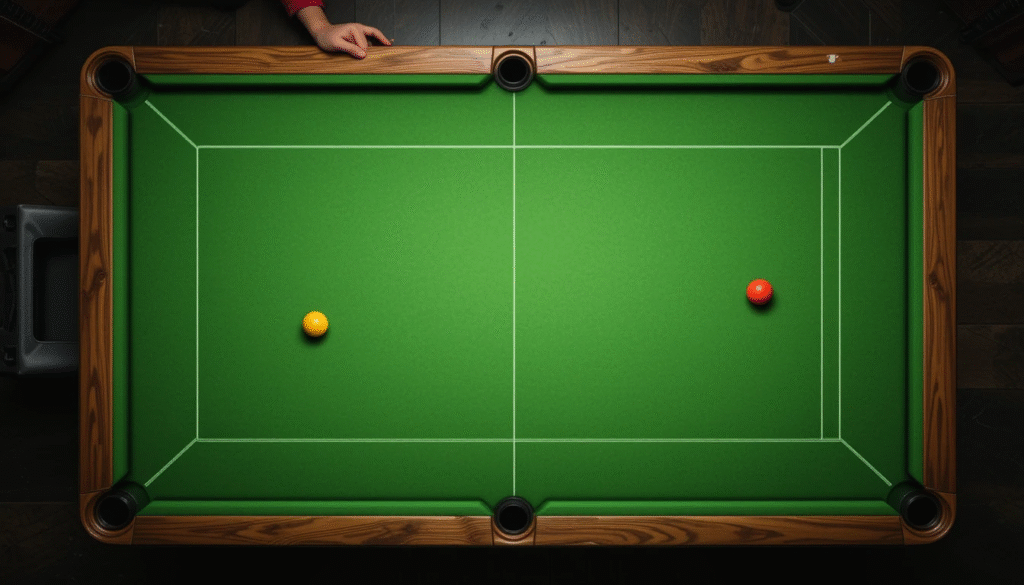
Snooker Table Layout Explained
Understanding the layout helps with shot planning and positioning.
Main Areas:
- Baulk Line: The area behind the D, where the cue ball is placed at the start of a frame – Snooker for Beginners
- The D: A semi-circle inside the baulk line used for break-offs and fouls – Snooker for Beginners
- Colors: Positioned at designated spots (black near the end cushion, pink near the reds, blue in the center, etc.)
- Pockets: 6 total—4 corners and 2 in the middle of the long sides.
For visual learners, this diagram breaks it down nicely.
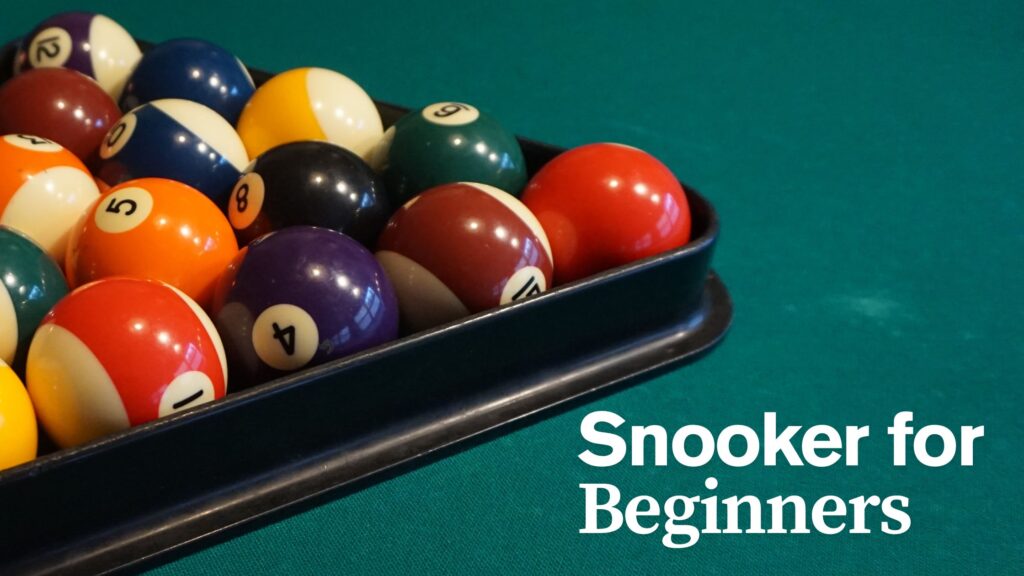
Snooker Techniques for Beginners
Now that you know the layout, let’s move on to the core techniques of Snooker for Beginners:
1. Stance and Grip
- Stand with your feet shoulder-width apart.
- Your body should feel stable and balanced.
- Hold the cue lightly but firmly—like holding a bird: tight enough it won’t fly away, but gentle enough not to hurt it.
2. Bridge Hand
Rest your bridge hand on the table to guide the cue. Beginners often use an open bridge for more visibility.
3. Cue Action
Smooth and straight. The backswing should be controlled and aligned with your aiming path. Avoid jerky movements.
4. Aiming and Eye Line
Always keep your dominant eye over the cue and aim through the ball—not at it. Picture the point of contact and visualize the path.
5. Practice the Break-Off
The break-off starts the game and sets the tone. Try to strike a red ball while bringing the cue ball back toward the baulk.
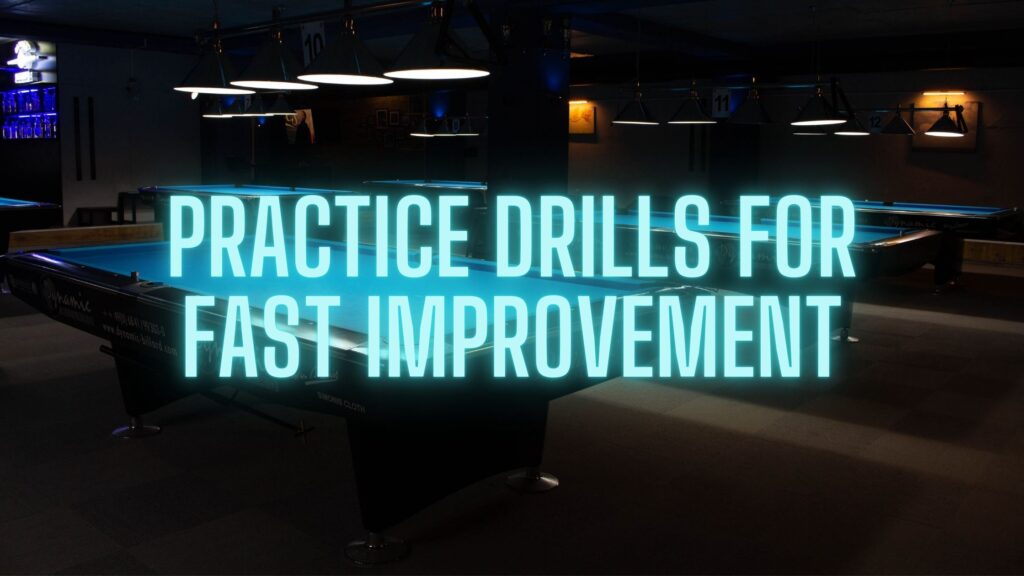
Practice Drills for Fast Improvement
Practicing with a purpose accelerates learning. Here are 3 drills that work wonders: Snooker for Beginners
🎯 Drill 1: Potting Reds
Line up 6 reds near the center. Try to pot each into the same corner pocket. Focus on consistency.
🌀 Drill 2: Cue Ball Control
Pot a red and then try to stop the cue ball exactly on a coin or marker placed on the table.
🔁 Drill 3: Color Run
Practice potting yellow to black in order. This helps with positioning and shot selection.
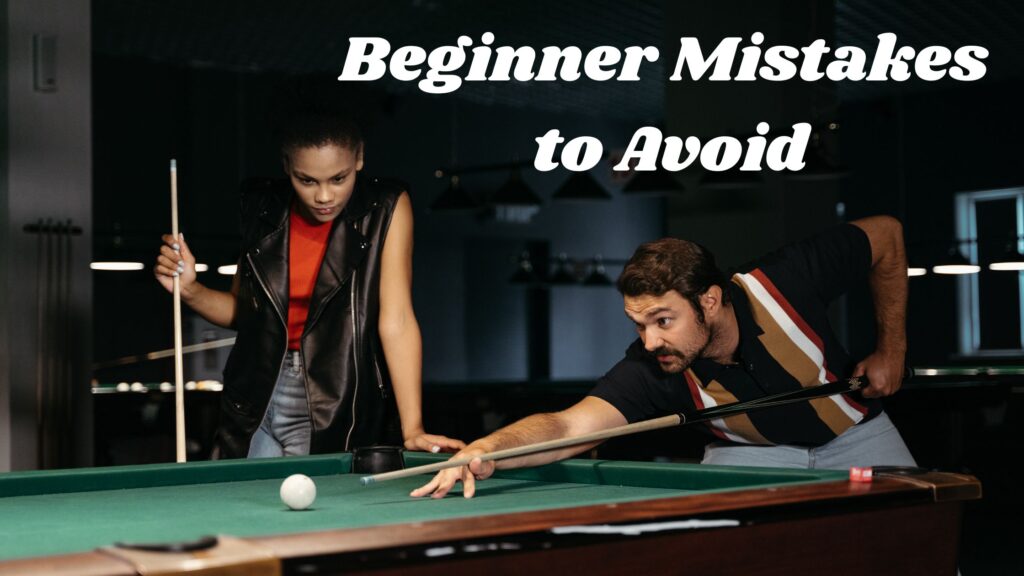
Beginner Mistakes to Avoid
Everyone slips up early on—but awareness helps prevent bad habits.
⚠️ Mistake 1: Overhitting
More power doesn’t mean more control. Focus on finesse, not force.
⚠️ Mistake 2: Poor Stance
Wobbly footwork affects balance and shot accuracy. Practice in front of a mirror to refine it.
⚠️ Mistake 3: Ignoring Defense
Snooker for Beginners isn’t just about potting—it’s also about leaving your opponent with no easy shots. Learn safety plays early.
Tips to Get Better at Snooker (Faster!)
Here are 5 pro-level habits to adopt, even if you’re a beginner:
- Record Yourself
Watching your form can reveal posture and cue issues you don’t notice in the moment. - Play with Better Opponents
It’s the best way to learn under pressure. - Watch Professional Matches
Study shot selection and positioning. Eurosport and BBC Snooker have excellent coverage. - Join a Local Snooker Club
Community support and informal coaching go a long way. - Stay Patient and Consistent
Like any skill, Snooker for Beginners takes time. Progress happens through repetition and reflection.
Where to Learn Snooker Online
Need help beyond your local snooker club? There are several trusted platforms and YouTube channels to learn from:
- 📺 Stephen Hendry’s Masterclass on YouTube
- 🌐 Snooker Gym – Coaching programs and drills
- 📱 CueScore App – Track your practice sessions and tournaments
- 📖 WPBSA Learning Portal – Official tutorials and coaching certification
Why Snooker is Worth Learning
So why should you stick with snooker?
- It improves concentration and patience
- It sharpens your strategic thinking
- It’s a low-impact physical activity, suitable for all ages
- It offers a global community of players and fans
Plus, there’s nothing more satisfying than nailing a long pot you’ve been practicing for weeks!
Final Thoughts
Starting anything new can feel overwhelming, but remember: every great snooker player was once a beginner too. With the right mindset, tools, and consistent practice, you’ll not only improve but come to appreciate the elegant depth of the game.
So whether you’re here to play casually or aim for the club league, this guide to Snooker for Beginners is your first big break. Now, go ahead and line up that shot!

Pingback: Top 10 Legendary Snooker Players All the Time
Pingback: How Snooker Score Works - A Simple Breakdown-tips-and-tricks